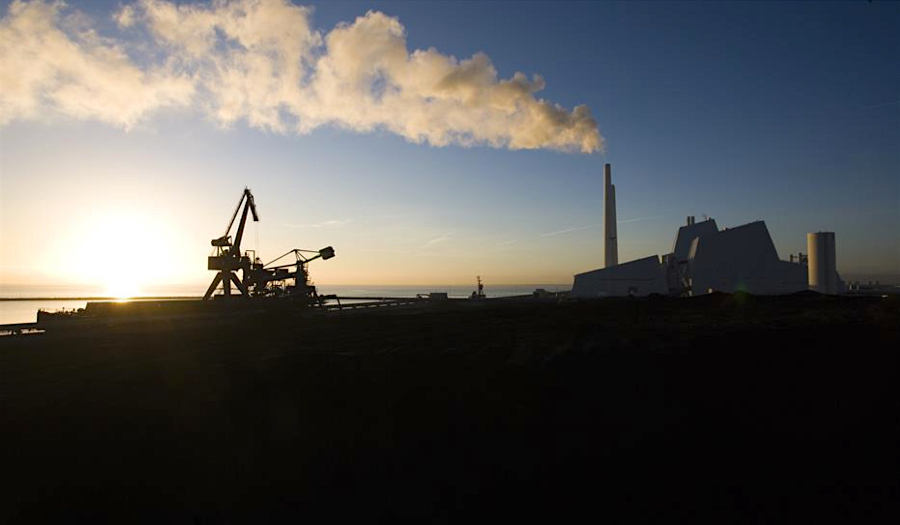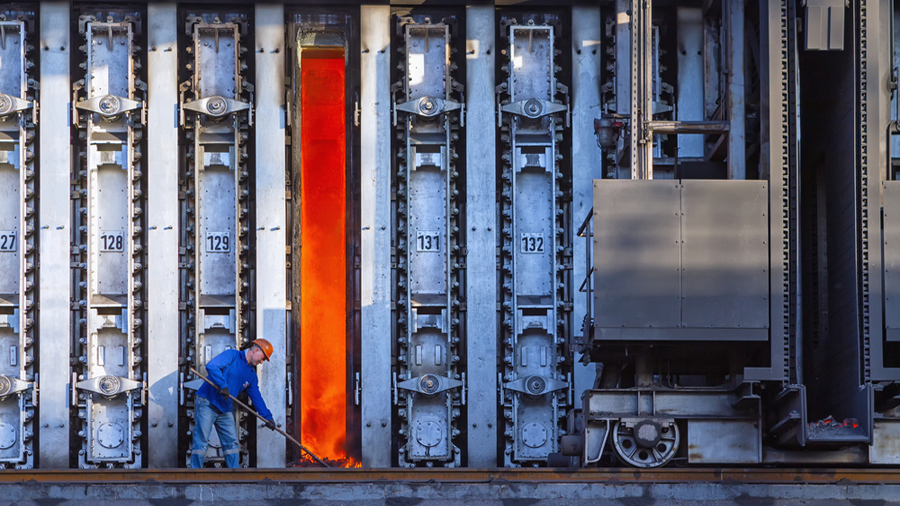Europe forced to rely on expensive, dirty coal to keep lights on

Coal will play a vital role in helping to keep the lights on in Europe this winter even as prices are jumping and lawmakers are doing their best to kill off one of the dirtiest power-plant fuels.
Northwest European coal for February rose more than 3% to trade at its highest in three months on Tuesday. The latest example of the fuel’s importance came on Monday as UK’s usage peaked at its highest level since March to help plug a gap in supplies early in the evening.
Governments from Germany to the Netherlands and the UK are all shuttering coal plants, which emits about twice as much carbon dioxide as plants burning gas. At the same time, grid operators are paying a fortune to some utilities to keep them available as a last resort when supplies from renewables plunge.
The UK’s National Grid on Monday issued a warning that more capacity was needed and plants were called upon through the capacity market. Coal plants were producing as much 3 000 MW at about 5 p.m. London time. Gas plants also came on quickly to help fill the shortage.
Overall though, coal is still used for a tiny proportion of UK demand, which was just below 45 GW at 5:30 p.m. on Monday, according to National Grid data.
The country is trying to shake its reliance on the sedimentary rock, with Drax Group and Electricite de France set to stop using it completely later this year. That means an even greater need of natural gas, which is also soaring in price because of uncertainty over supplies from Russia and record low storage levels.
The closure of the UK’s remaining coal capacity coupled with the decommissioning of old nuclear plants “has the potential to further deepen the exposure” to gas prices, according to Glenn Rickson, an analyst at S&P Global Platts.
In Germany, Europe’s biggest power market, coal also showed its importance in November and December, with power output from hard-coal plants rising 16% from a year earlier, according to Fraunhofer data. That was partly driven by a rebound in demand.
Northwest European coal for February advanced 3.5% to $179/t, after soaring 6.7% Monday on ICE Futures Europe. That’s the highest since October 18.
(By Todd Gillespie, with assistance from Jesper Starn)
{{ commodity.name }}
{{ post.title }}
{{ post.date }}



4 Comments
Stephen Gregory Hughes
This is a mining website, and you are referring to coal as “dirty”?? Seriously, coal has been powering countries for decades, and will continue into the future. Perhaps write about “overpopulation”, which is the real issue when it comes to human contribution to climate change. Too many humans, too much demand for power. More humans, more pain to come, as demand increases.
Cecilia Jamasmie
This is a Bloomberg article and they choose the wording of their headlines, not MINING.COM.
Marlin Williams
Absolutely, and one gets the impression that a final solution to ever increasing populations is one that Climate Fanatics are arriving at. Let’s just say it will take a pretty brutal secret police agency — with extraordinary powers of life and death — to enforce the Climate diktats necessary to keep world temps. down 1.5°C in the next 100 years. What do you think XR is all about?
Marlin Williams
I think the upshot of all this is frequent brownouts and blackouts for the people of W Europe and the UK, and eventually a return to a more primitive way of life.